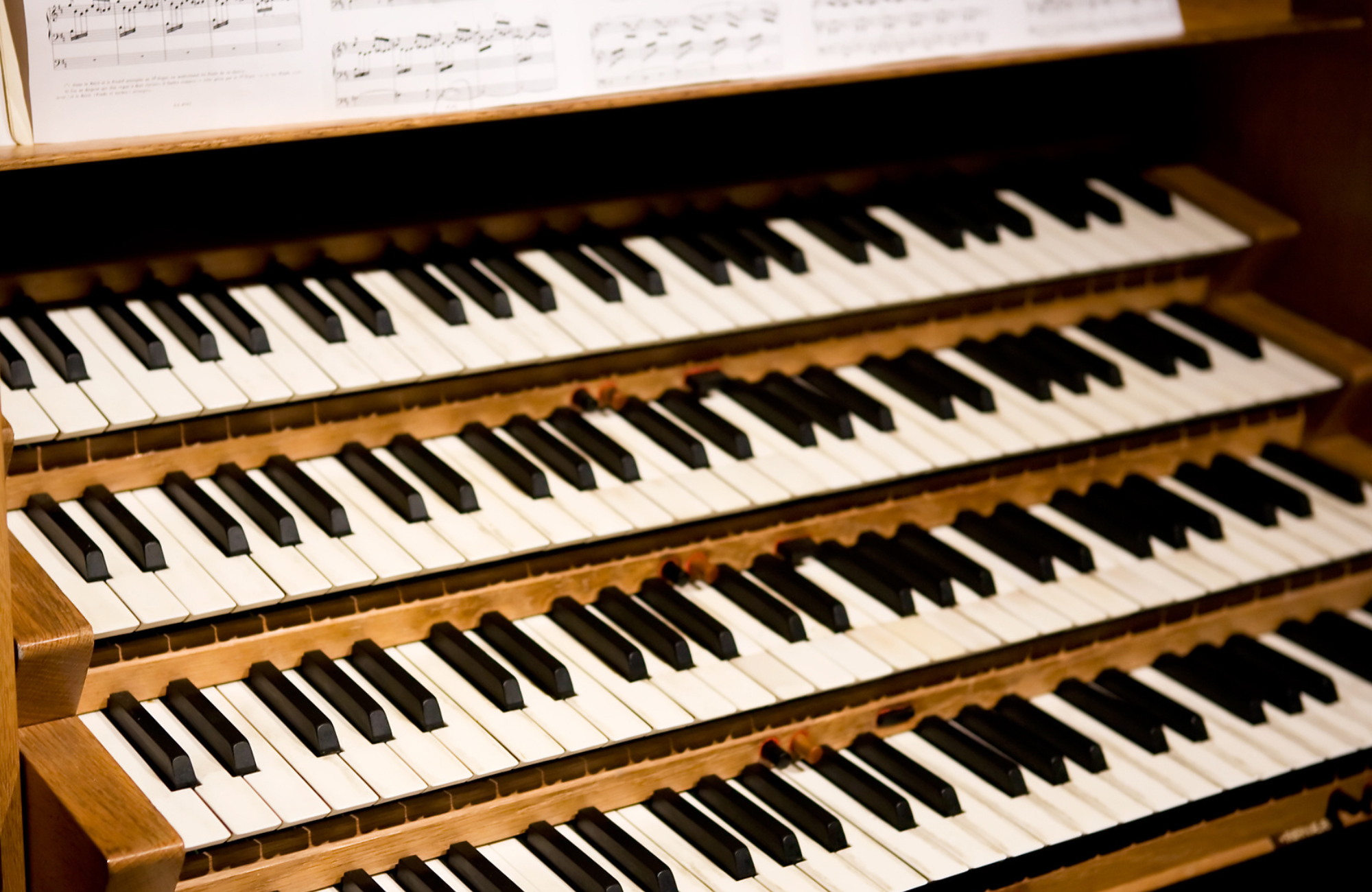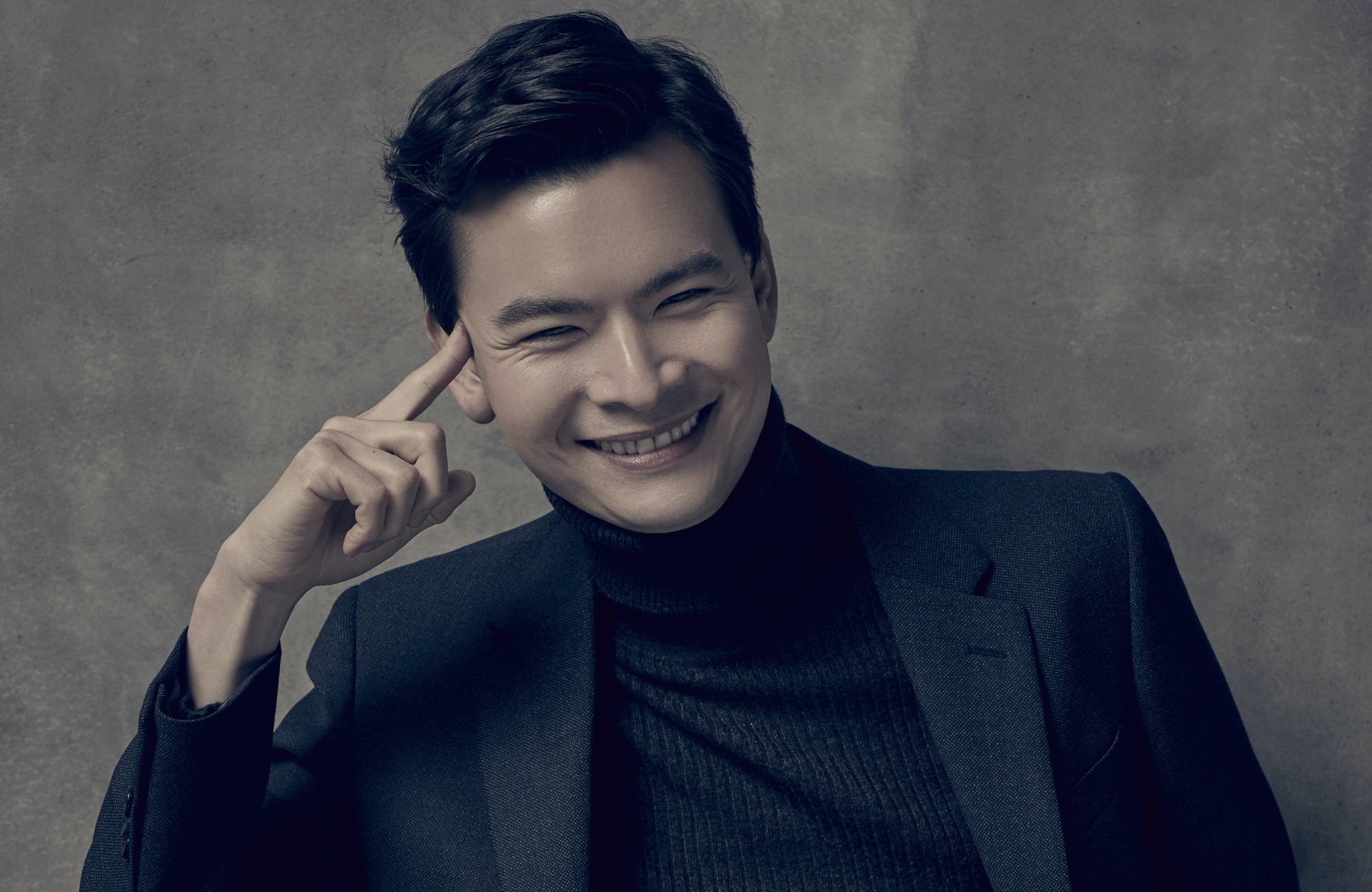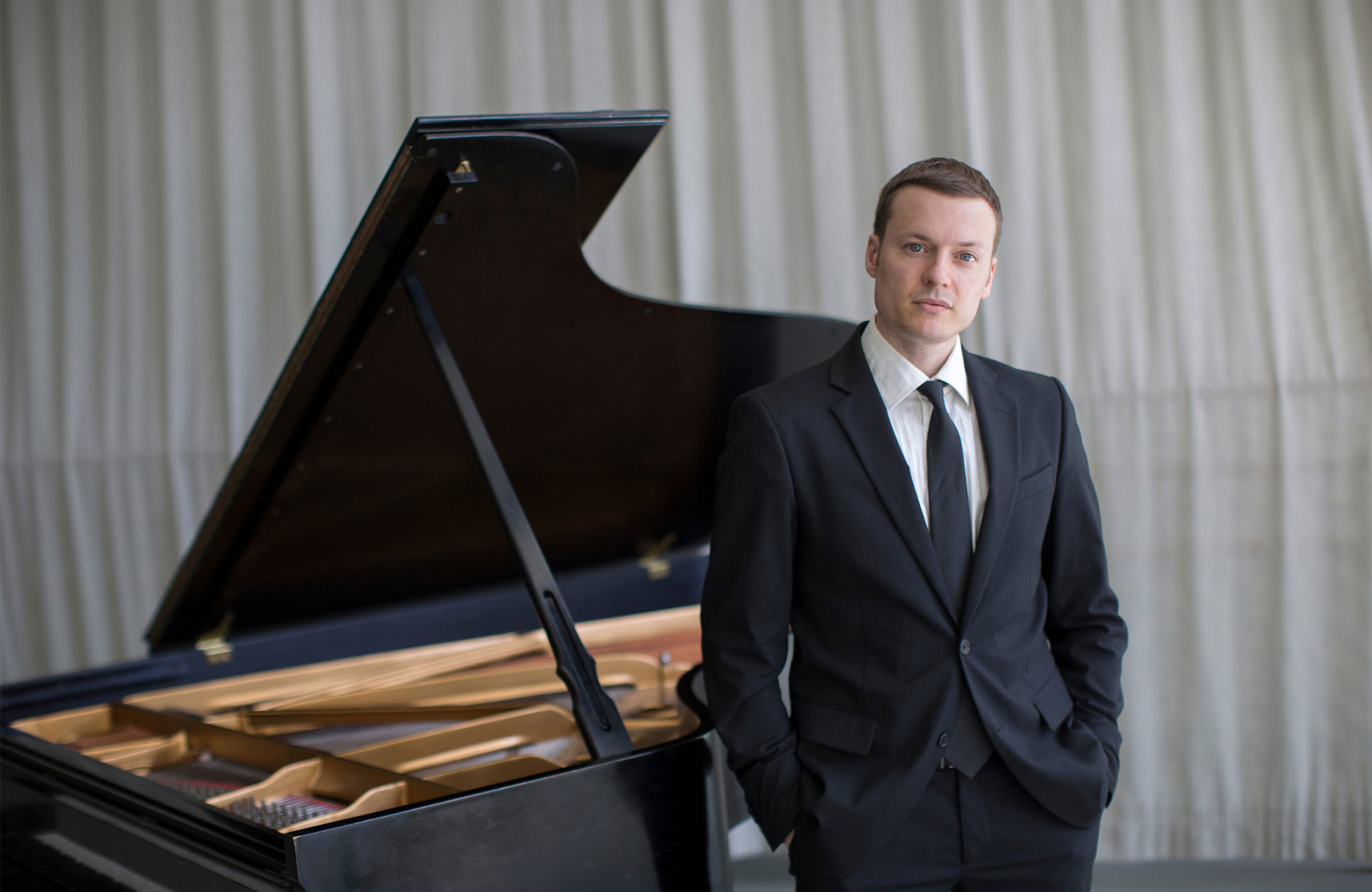Join us for a mesmerizing evening featuring Dallas-based composer Quinn Mason’s A Joyous Trilogy. The highlight of the night is the collaboration with the Syracuse University Oratorio Society, as we present Carl Orff’s iconic masterpiece, Carmina Burana, known for its epic and movie-famous opening, O Fortuna.
O Fortuna has been used in such films as Excalibur, Speed and The Doors, on television in Only Fools and Horses and The Simpsons and has been covered or sampled by musicians such as Michael Jackson, Charlotte Church and John Williams. This performance promises to be a breathtaking journey through one of the most recognized compositions in the classical world.
Tune into this video to see Jessica King, our talented Bassoon and Contrabassoon player, share her excitement and insights into what makes Carmina Burana such a must-see event!
Veterans and active-duty military personnel are invited to join us with a free ticket for themselves and one guest. Please use the code PARADE23 in checkout to activate this promotion. This generous offer is made possible by our concert sponsor, Visions Federal Credit Union. Don’t miss this enthralling evening of music at the Oncenter Crouse Hinds Theater.
PROGRAM
QUINN MASON: A Joyous Trilogy ![]()
RAVEL: La valse ![]()
ORFF: Carmina Burana ![]()
Thanks to our sponsors for this performance!

Thank you to our media sponsor!

PROGRAM NOTES
“The Apotheosis of the Dance”: That’s how Richard Wagner described Beethoven’s Seventh Symphony. Had he lived another half century, he might well have transferred the epithet over to La Valse by Maurice Ravel (1875–1937). Ravel began the piece in 1906 as a tribute to Johann Strauss II called Vienna—but by the time he finished it in 1920, the name had changed. It might seem slightly arrogant to title a work “The Waltz,” as if it were the only one. Still, with its continual succession of archetypal waltz gestures in ...
“The Apotheosis of the Dance”: That’s how Richard Wagner described Beethoven’s Seventh Symphony. Had he lived another half century, he might well have transferred the epithet over to La Valse by Maurice Ravel (1875–1937). Ravel began the piece in 1906 as a tribute to Johann Strauss II called Vienna—but by the time he finished it in 1920, the name had changed. It might seem slightly arrogant to title a work “The Waltz,” as if it were the only one. Still, with its continual succession of archetypal waltz gestures in unvarying 3/4 waltz meter, with its regular dance-friendly phrases, with its sweeping gestures, with its glittery orchestration (plenty of lift from the harps), with its seductive glissandos (slides), La Valse is such a flawless distillation of the genre that the title seems appropriate. A perfect gem.
Except…
There was a profound reason Ravel switched gears between 1906 and 1920—World War I, and his experience as an ambulance driver amid its horrors. After the War, the whipped cream of Vienna had soured—and Ravel’s work turned from an innocent homage to something that seems, to many listeners at least, closer to a warning. There are hints of menace in the dark shadows of the beginning; and although at first they are brushed aside by the music’s brilliance, they are harder to ignore as the work continues. Right before the end, the music turns unmistakably violent and the dance collapses (much as the bolero collapses at the end of Bolero), bringing down with it the whole waltz-and-Sacher-torte innocence of Johann Strauss II. That warning turns out to have been on the mark. Just over a decade later, the Third Reich was established in Germany—and the occupation of Austria followed soon thereafter.
The damage, of course, was incalculable—and it hit music as well as everything else. True, music was central to the Nazi propaganda machine (Strauss waltzes had, in fact, a special role to play), so it got plenty of state support. But that support could hardly compensate for the devastating effects of Nazi policies. Since so many performers and composers either fled or were killed—and since there were tight restrictions on what could and could not be performed—the musical world of Germany and Austria deteriorated dramatically. Certainly, the Nazi regime produced little lasting music. Even Richard Strauss, the reigning German composer, seemed to fade during the decade between 1933 and 1942.
The 1936 choral work Carmina Burana by Carl Orff (1895-1982) emerged out of this horrific environment. The work is an anomaly—in fact, a double anomaly. First, it’s the only real hit to emerge from the Third Reich—and it’s a tremendous hit, at that. Aside from being the most widely performed choral work of the twentieth century, it has shown up in films, in advertisements, at sporting events, serving as a stunning example of how a work of art can transcend the conditions of its composition. Second, it’s the only successful work that Orff produced. He had a long life; he was an influential teacher, especially important for his music for children; he was a significant musicologist with several editions of Monteverdi to his credit; he was a prolific composer who wrote, among other things, substantial settings of three Greek tragedies. But of his stage and concert music, only Carmina has held the public’s attention. Orff is the exemplar of the one-hit wonder.
It’s hard to explain why nearly everything else in Orff’s catalog (other than his pedagogical work) has essentially vanished; but the success of Carmina is easily understood. John Warren—director of the Syracuse University Oratorio Society, which joins Symphoria tonight—points to several factors, in particular the colors (“the orchestration is fantastic”) and the catchy rhythmic and harmonic ostinatos (repeated patterns) “that just pound away at you,” producing a very “visceral response.” The result is music of tremendous immediacy that has extremely broad appeal. “Dynamic and energy filled, it’s hard to resist. You don’t have to have a lot of deep training to comprehend it.” Yet it’s got its “moments of respite,” too—especially in the “Court of Love” section—that serve to increase the power of the more forceful moments. The use of a children’s chorus (tonight, the Syracuse Youth Chorus, making its Masterworks Concert debut with the orchestra) only adds to the color and sense of elation.
Then there are the texts. The work is based on a 19th-century collection that gathered up secular medieval poems in Latin, Middle High German, and Old French. That might seem a bit dry, but it’s assuredly not. Although the outer sections (“Oh, Fortuna”) focus on the power of fate in our lives, for the most part the texts are less concerned with abstract philosophy than with the more immediate aspects of everyday life: food, drink, and sex. That produces a rich variety of musical genres: love songs, drinking songs, and—at the center of the piece—a curious lament in which a swan bewails its fate while being roasted. John points out that even for a chorus used to singing in multiple languages, those in Carmina (“some in quasi-Latin and some in this middle high German, neither of which makes total sense to us”) are a challenge, especially since “there’s a lot of it, and a lot of it is very fast.” But like the music, the poetry speaks directly to the audience.
Our opening work, despite a dramatic difference in style, speaks directly to the audience as well—and with a similarly enlivening spirit. By now, Quinn Mason (b. 1996) is familiar to Symphoria regulars. His poignant Reflection on a Memorial, originally commissioned by the Dallas Symphony for a concert honoring victims of racial violence, was performed in 2021; his very different Toast of the Town popped the cork as we entered 2022. Tonight’s Joyous Trilogy(2019, revised 2021) is closer in mood to the second of these—the result of a desire “to create a composition that was the very embodiment of happiness and cheerfulness, an accessible work that would put any listener in a good mood.” It’s celebratory in nature—no surprise, since it was written for the fiftieth anniversary of the Harmonia Orchestra of Seattle and its conductor Will White, one of Quinn’s mentors. Quinn describes him as “one of the most joyous people I know!”
The work consists of two energetic and forward-pressing movements flanking “a gentle and introspective meditation.” Although its placement right before La Valse is a coincidence, it turns out to be a fortuitous one. La Valsewas one of the first orchestral pieces Quinn heard, one of the works that encouraged him to become a composer. And there are profound connections between the two pieces, even if La Valse was not a conscious model. Joyous Trilogy is, he says, “a concerto for orchestra in everything but name, a virtuoso piece designed to show off not only the skills of the conductor, but also many instruments of the orchestra” (including the principal trombone, who is featured in the second movement). “And that’s what the Ravel does: It’s a marvel of orchestration.”
As an added bonus, Joyous Trilogy will be conducted by the composer himself—the first time Symphoria has had a composer perform his or her own music. All in all, an ideal lift-off for the concert.
Peter J. Rabinowitz
Have any comments or questions? Please write to me at prabinowitz@ExperienceSymphoria.org
FEATURED ARTISTS
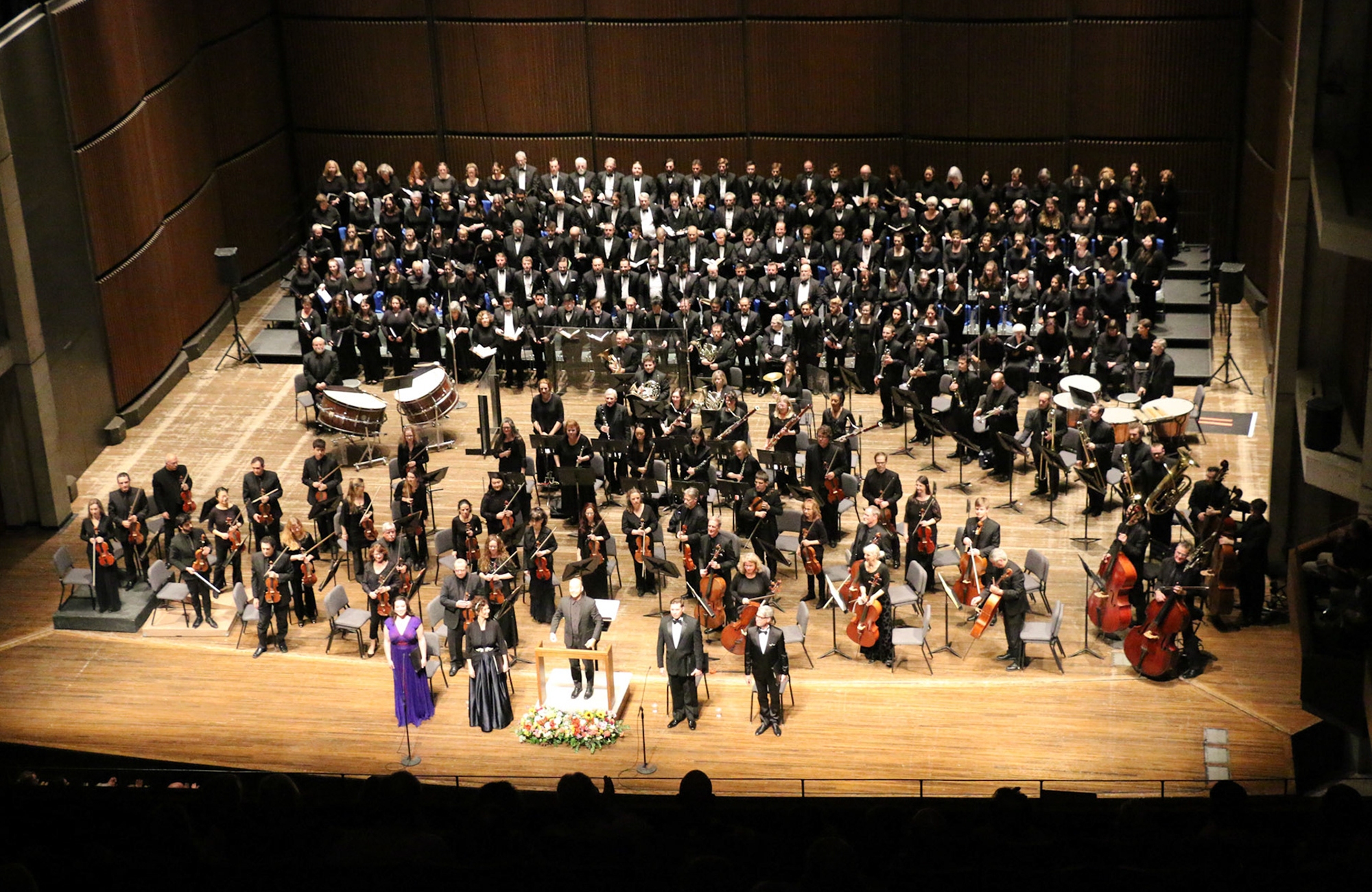
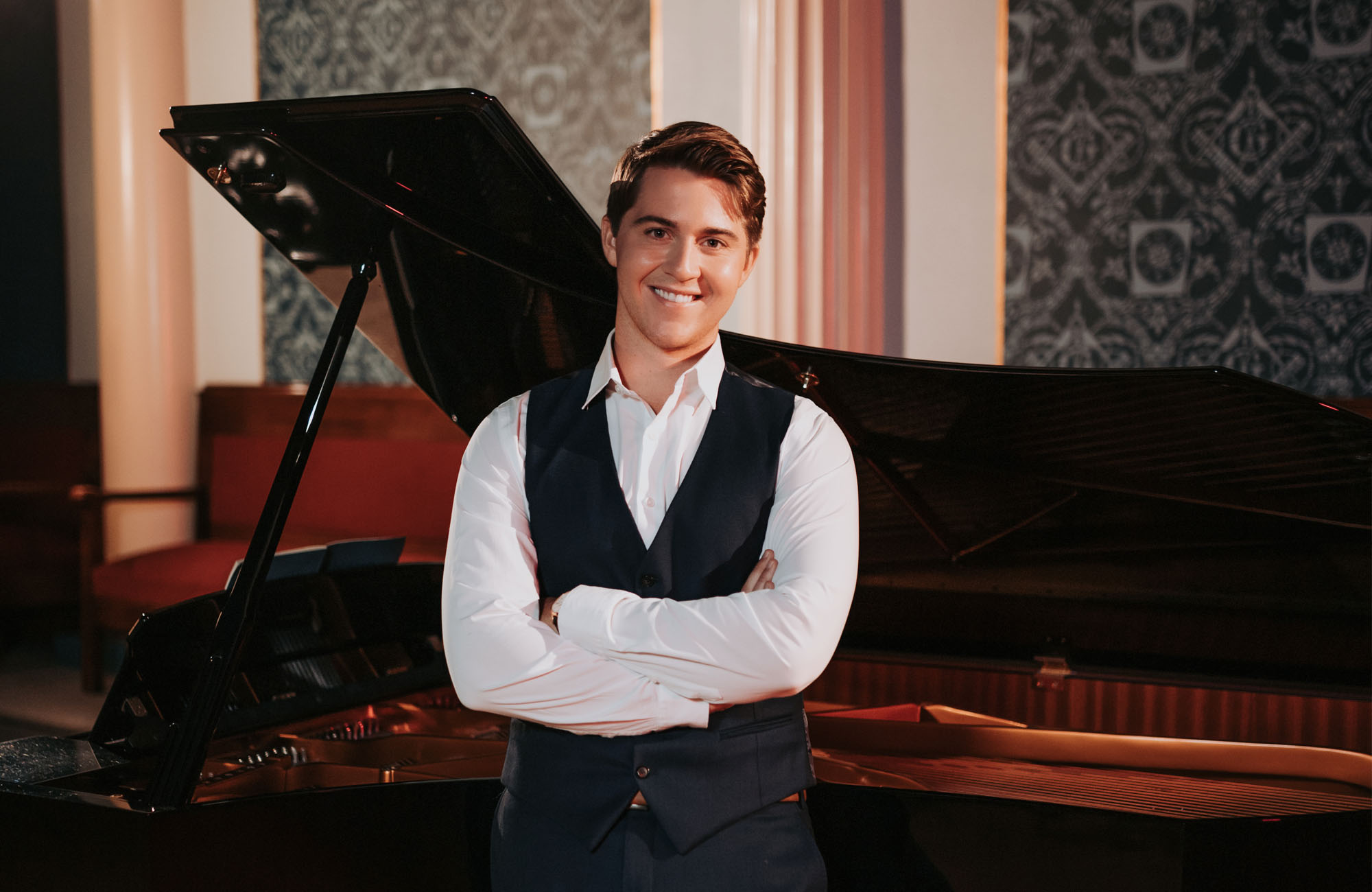
Stillwater, Minnesota native Jack Swanson is quickly becoming one of the most sought-after young tenors in the opera world. His distinctive high lyric voice is known for singing the acrobatic arias of Rossini and the legato melodies of Donizetti.
This season Mr. Swanson makes some much-anticipated debuts ...
Stillwater, Minnesota native Jack Swanson is quickly becoming one of the most sought-after young tenors in the opera world. His distinctive high lyric voice is known for singing the acrobatic arias of Rossini and the legato melodies of Donizetti.
This season Mr. Swanson makes some much-anticipated debuts with the Lyric Opera of Chicago as Don Ramiro in La Cenerentola, with the Houston Grand Opera as Fenton in Falstaff and returns to the Norwegian Opera for Ferrando in Così Fan Tutte and Don Ramiro in La Cenerentola, as well as to the Rossini Opera Festival in Pesaro for his signature-role of Almaviva in Il Barbiere di Siviglia. Mr. Swanson can also be heard in recital in Montreal and with the Sag Harbor Song Festival. Future engagements include debuts with the Metropolitan Opera and the Staatsoper Hamburg and returns to the Rossini Opera Festival in Pesaro and the Houston Grand Opera, all in leading roles.
Last season Mr. Swanson premiered the title-role in Paola Prestini’s Edward Tulane with the Minnesota Opera, made debuts with the Austin Opera as Almaviva in Il Barbiere di Siviglia, the Utah Opera as Tonio in La Fille du Régiment (a role debut, as well), the Atlanta Opera as the title-role in Candide and Opera Maine for Don Ramiro in La Cenerentola. In concert the tenor joined the Utah Symphony for Carmina Burana, the Mercury Chamber Orchestra in Houston for the tenor solo in Handel’s Messiah and performed in recital with Matinee musicale in Duluth, MN.
Last season, Jack Swanson debuted with a number of European companies: first with the Teatro Regio in Torino as Almaviva in Il Barbiere di Siviglia, then with the Opéra National du Rhin in Strasbourg as Ferrando in Così Fan Tutte (a role he had just debuted for his return to the Oper Frankfurt). He also sang a concert of Mozart, Bel Canto and Romantic Italian songs in Beirut, Lebanon. In the summer he returned to the Santa Fe Opera in his signature-role of Almaviva in Il Barbiere di Siviglia and in recital before singing the title-role in Candide with the Lausitz Festival.
Prior to that Jack Swanson returned to the Norwegian Opera for Almaviva in a new production of Il Barbiere di Siviglia and to the Oper Köln for the same role before returning to the Garsington Opera for the title-role in Rossini’s Le Comte Ory. He then finished the season by making his Rossini Opera Festival debut as Florville in Il Signor Bruschino. In concert he was heard as the tenor soloist in Rossini’s Stabat Mater with the Accademia di Santa Cecilia in Rome and Myung Whun Chung. He also appeared in solo recitals in Frankfurt and in Pesaro.
Previously, Mr. Swanson debuted with new companies in new roles: first in Frankfurt as Rodrigo in a new production of Rossini’s Otello, then as Belmonte in Die Entführung aus dem Serail with Opera Omaha. In concert, the tenor was heard in Paris in Rossini’s Messa di Gloria and at New York’s Alice Tully Hall for a concert of pieces by sons of J.S. Bach.
The previous season Jack Swanson made several role and company debuts, first as Nemorino in L’Elisir d’Amore with the Norwegian Opera, later as Sam Kaplan in Street Scene with Oper Köln. He returned to the title-role in Candide for concert performances in Paris and Marseille and to his celebrated portrayal of Count Almaviva in Il Barbiere di Siviglia with Portland Opera. In concert, he performed music by Leonard Bernstein at the Moab Music Festival and by John Musto (his Bastianello) with Festival Napa Valley.
Prior to that Mr. Swanson made notable debuts with Glyndebourne Opera as Almaviva in Il Barbiere di Siviglia, the Los Angeles Opera in the title role of Candide, the Lyric Opera of Kansas City as Almaviva, and his mainstage debut with the Santa Fe Opera as Lindoro in L’italiana in Algeri. On the concert stage, Mr. Swanson was heard in Bernstein on Broadway concerts with the Orchestre National de Lille and in Rossini’s Stabat Mater with the Choral Arts Society of Washington.
In 2016-2017, Mr. Swanson was heard as Camille in The Merry Widow with Winter Opera St. Louis, Frederic in The Pirates of Penzance with Opera Memphis, Ramiro in La Cenerentola with Opera Delaware, and Albazar in Il Turco in Italia with Garsington Opera. In concert he sang Messiah with the Indianapolis Symphony Orchestra, Bruckner’s Te Deum, with the Houston Symphony Orchestra, and Mozart’s Requiem with the Oregon Symphony Orchestra. Other appearances included Washington Concert Opera’s 2017 gala, the Rising Stars of Opera concert series with the Richard Tucker Music Foundation, and on a recital program at the Caramoor Center for Music and the Arts.
In the 2015-2016 season, Mr. Swanson made his Des Moines Metro Opera debut singing the role of Fenton in Verdi’s Falstaff and performed the role of Ramiro in La Cenerentola with Opera Fort Collins. Mr. Swanson earned a Bachelor of Music in Vocal Performance from the University of Oklahoma, where he performed the roles of Don Ottavio in Don Giovanni and Nemorino in L’Elisir d’Amore. In May of 2016 he received his Masters of Music in Vocal Performance at Rice University. While at Rice, Mr. Swanson performed the roles of Almaviva in il Barbiere di Siviglia and Eurimaco in Monteverdi’s Il Ritorno d’Ulisse in Patria. Additional opera roles include Tonio in La Fille du Régiment and Count Belfiore in Mozart’s La Finta Giardiniera, and two years as an apprentice at the Santa Fe Opera. Mr. Swanson spent two summers as a young artist with The Seagle Music Colony, where he performed the roles of Tobias Ragg in Sweeney Todd and the title role in Britten’s comedic opera Albert Herring.
Also known for his concert work, Mr. Swanson’s credits include Handel’s Messiah, Dubois’ The Seven Last Words of Christ, Mozart’s Requiem and Carl Orff’s Carmina Burana. Other engagements include Holiday Favorites with the Arizona Opera and Birmingham Opera, and the Houston Grand Opera’s 60th anniversary gala where Mr. Swanson performed alongside HGO’s studio artists and world-renowned mezzo-soprano, Joyce DiDonato. Swanson made his Kennedy Center debut singing selections from Schumann’s Dichterliebe.
Mr. Swanson is the competition winner and recipient of several prestigious awards including first place in Florida Grand Opera’s Young Patroness Competition, The San Antonio Music Club Competition, The National Opera Association Competition and The Hal Leonard Art Song Competition. He twice received the Richard Tucker Memorial award from the Santa Fe Opera. He was a finalist in both Houston Grand Opera’s Eleanor McCollum competition and Fort Worth Opera’s McCammon Competition. Recently, Mr. Swanson was featured on National Public Radio’s Young Artist in Residence program, Performance Today.
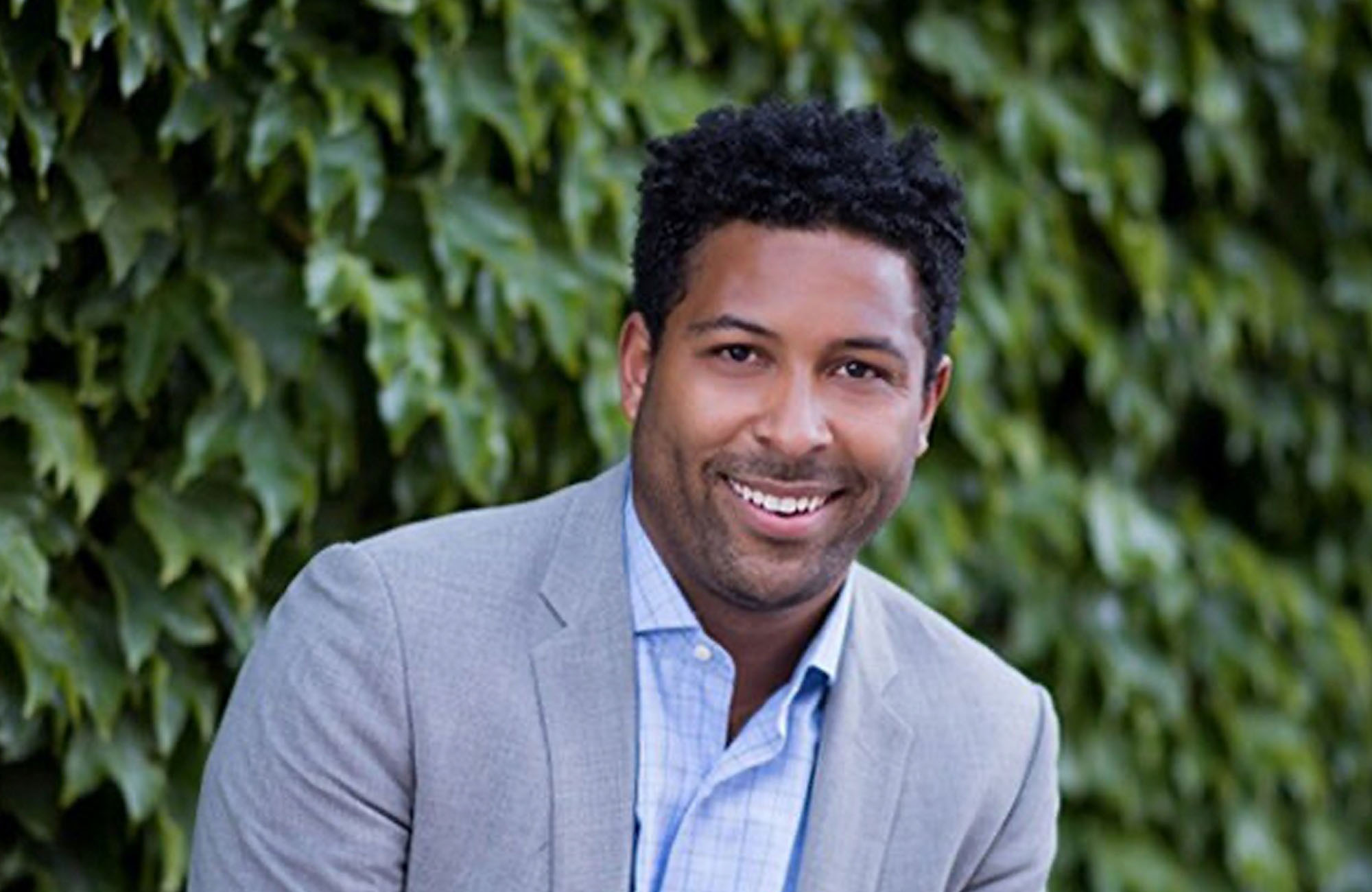
Baritone Benjamin Taylor begins the 23/24 season with a return to Opera Philadelphia for Simon Boccanegra (Paolo). Other season engagements include his debut with Austin Opera for Pagliacci (Silvio), and returns to The Metropolitan Opera for Carmen (Moralès), Detroit Opera for Breaking The Waves (Jan), and Bayerische Staatsoper for ...
Baritone Benjamin Taylor begins the 23/24 season with a return to Opera Philadelphia for Simon Boccanegra (Paolo). Other season engagements include his debut with Austin Opera for Pagliacci (Silvio), and returns to The Metropolitan Opera for Carmen (Moralès), Detroit Opera for Breaking The Waves (Jan), and Bayerische Staatsoper for La fanciulla del West (Bello). He will also debut with Symphoria and Northwest Florida Symphony in Carmina Burana.
Last season he debuted at Boston Lyric Opera in La bohème (Schaunard) followed by debuts with Bayerische Staatsoper for La fanciulla del West (Bello), OperaDelaware/Opera Baltimore for La traviata (Germont), and Opera Philadelphia for La bohème (Schaunard). He returned to The Metropolitan Opera for The Magic Flute (Papageno) and Dialogues des Carmélites and Berkshire Opera Festival for La bohème (Marcello). On the concert stage he will made his debut with The Cleveland Orchestra in La fanciulla del West (Bello).
Recent engagements include his debut at The Metropolitan Opera in Fire Shut Up in My Bones (Chester) followed by debuts with Michigan Opera Theatre and Spoleto Festival USA in La bohème (Schaunard), Cincinnati Opera for the world premiere of Castor and Patience (West), North Carolina Opera for Sanctuary Road (William Still), Baltimore Concert Opera for Adriana Lecouvreur (Michonnet), and a return to Pittsburgh Opera for The Magic Flute (Papageno). Additionally, he workshopped Factotum (Garby) at the Lyric Opera of Chicago.
Past highlights include a visit to Opera Theatre of Saint Louis for Opera on the Go – Digital followed by debuts with Fargo-Moorhead Opera for Il barbiere di Siviglia (Figaro), Opera Orlando for The Secret River (Augustus), and Des Moines Metro Opera for Pique Dame (Tomsky), Platée (Satyre), and Fellow Travelers(Tommy McIntyre).
Mr. Taylor is a graduate of the Pittsburgh Opera Resident Artist Program where some of his assignments included La bohème (Schaunard), Glory Denied (Older Thompson), and Tosca (Sciarrone). He debuted at Madison Opera in I pagliacci (Silvio) and was an Apprentice Artist at The Santa Fe Opera where his assignments included covering in Les pêcheurs de perles (Zurga). As a Gerdine Young Artist and Richard Gaddes Festival Artist at Opera Theatre of Saint Louis where he seen in The Barber of Seville (Fiorello), Shalimar the Clown (Cowardly Giant), and Madam Butterfly (Prince Yamadori) and covered in The Barber of Seville (Figaro), La bohème (Marcello), Ariadne auf Naxos (Music Teacher), Madam Butterfly (Sharpless), and The Trial (Lawyer Huld). Additional performances include La bohème (Marcello) with Crested Butte Festival and Madama Butterfly (Prince Yamadori) for Berkshire Opera’s inaugural season.
Benjamin received his Master of Music from Boston University and his Performer’s Certificate with Boston University’s Opera Institute. While at BU, he performed in A Midsummer Night’s Dream (Demetrius), Così fan tutte (Guglielmo), La Tragédie de Carmen (Escamillo), Angels in America (Prior Walter), Florencia en el Amazonas (Alvaro), Owen Wingrave (Coyle), and Le Portrait de Manon (Des Grieux). He received his Bachelor of the Arts at Morgan State University where he sang in Blue Monday (Tom) with the Baltimore Symphony Orchestra.

Founded in 1975, the Syracuse University Oratorio Society is a large chorus comprised of Syracuse University students and community members that regularly performs choral-orchestral masterworks with the Syracuse Orchestra. The Oratorio Society has been directed by John Warren, professor of music and director of choral activities, since 2011.
Founded in 1975, the Syracuse University Oratorio Society is a large chorus comprised of Syracuse University students and community members that regularly performs choral-orchestral masterworks with the Syracuse Orchestra. The Oratorio Society has been directed by John Warren, professor of music and director of choral activities, since 2011.
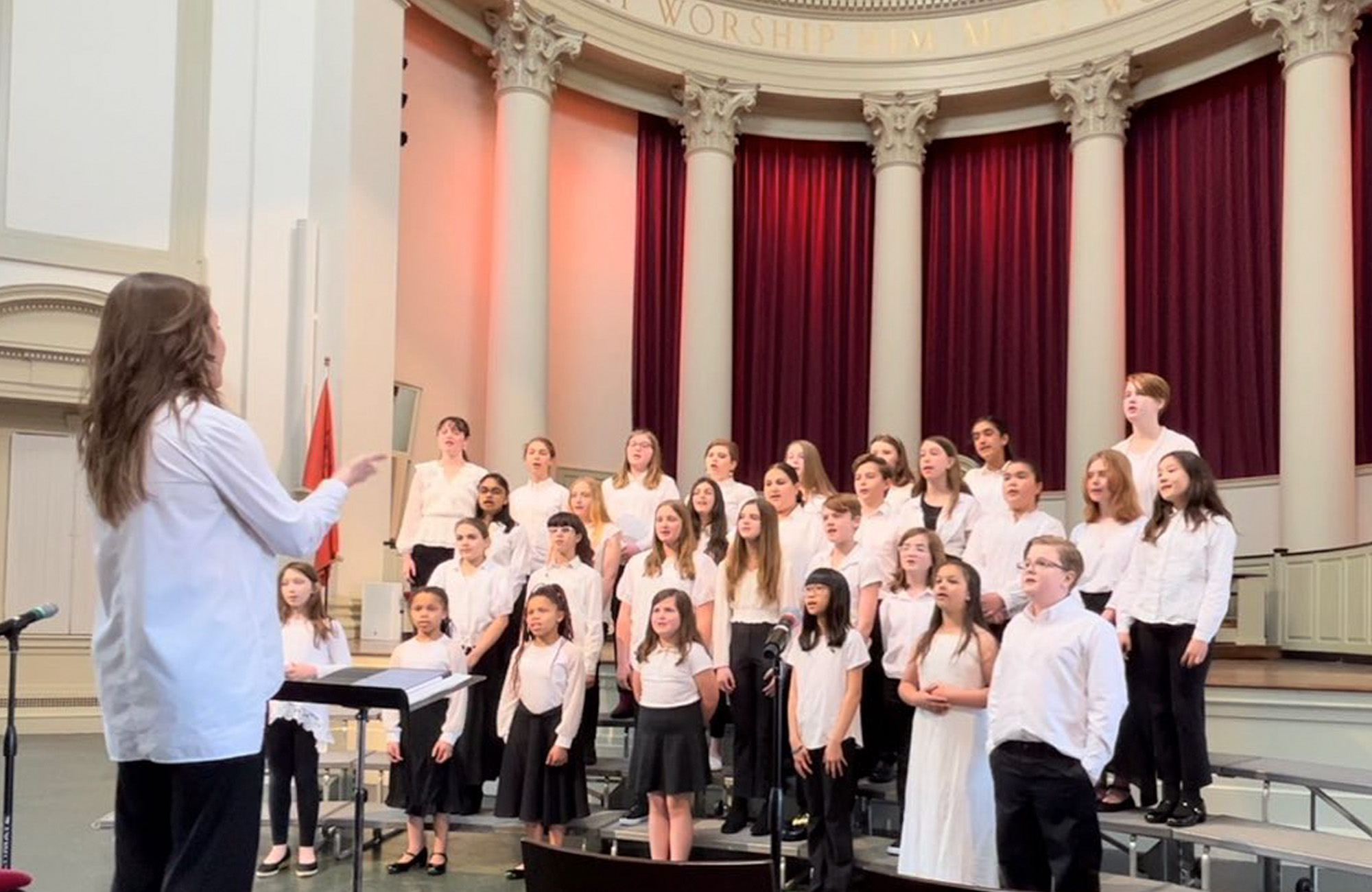
The mission of the Syracuse Youth Chorus (SYC) is to give every young person in CNY the opportunity to be a part of a choir that will not only teach them about music, but help them grow into greater citizens ...
The mission of the Syracuse Youth Chorus (SYC) is to give every young person in CNY the opportunity to be a part of a choir that will not only teach them about music, but help them grow into greater citizens of the world.
Led by founders Katie Webber and Sabine Krantz, the SYC is a community music organization where young singers can come to better their musicianship, music leadership, and mental fortitude. SYC performs in meaningful collaborations, bringing choral excellence and a stronger sense community through music to CNY. Our students are given the space to move towards their bright and shining futures.
The SYC is a brand new chorus, whose origin and philosophies are heavily influenced by Syracuse Children’s Chorus founder Dr. Barbara Marble Tagg. When SCC was dissolved in 2018, a large hole was left in the area’s music community for our children. The SYC aims to bring choral singing back to the youth in our beloved CNY.
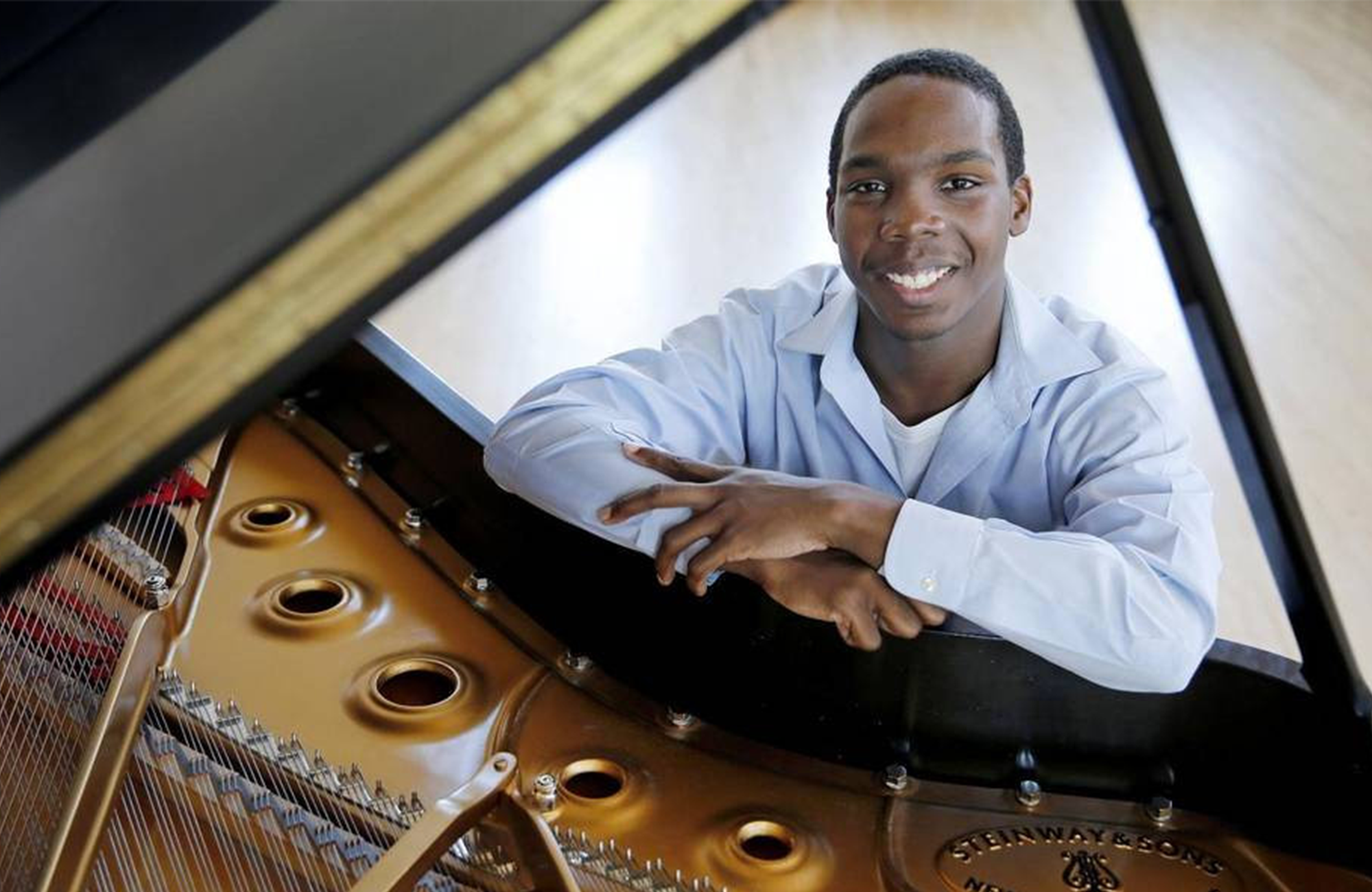
Quinn Mason (b. 1996) is a composer and conductor based in Dallas, TX. As a composer, Quinn has been described as “a brilliant composer just barely in his 20s who seems to make waves wherever he goes.” Quinn writes music for professional and collegiate orchestras, bands and chamber ensembles. His ...
Quinn Mason (b. 1996) is a composer and conductor based in Dallas, TX. As a composer, Quinn has been described as “a brilliant composer just barely in his 20s who seems to make waves wherever he goes.” Quinn writes music for professional and collegiate orchestras, bands and chamber ensembles. His symphonic music has been performed in concert by the Dallas Symphony Orchestra, South Bend Symphony Orchestra, Orchestra Seattle, New Texas
Symphony Orchestra, and the Mission Chamber Orchestra. His compositions for winds has been performed by the Cobb Wind Symphony, Metropolitan Winds, bands of Southern Methodist University, University of North Texas, Texas Christian University, Purdue University and Seattle Pacific University. His chamber music has been performed by the American Composer’s Forum, Voices of Change, Loadbang, Atlantic Brass Quintet, MAKE trio, UT Arlington Saxophone Quartet, and the Cézanne, Julius and Baumer quartets.
Quinn’s mission is to compose music for various mediums “Based in western art music and reflecting the times in which we currently live”. Quinn has received numerous awards from such organizations as The American Composer’s Forum, Voices of Change, Texas A&M University, the Dallas Foundation, the Philadelphia Youth Orchestra, the Heartland Symphony Orchestra and the Arizona State University Symphony Orchestra. Upcoming world premieres
include his Symphony in C Major with the Heartland Symphony Orchestra and his Symphony No. 4 “Strange Time” by the Meadows Wind Ensemble. Quinn has studied with Dr. Lane Harder at the SMU Meadows School of the Arts and has also worked with renowned composers David Maslanka, Libby Larsen, David Dzubay and Robert X. Rodriguez.
As a conductor, Quinn has led Orchestra Seattle, the Brevard Sinfonia, and the Texas Christian University Symphony Orchestra in concert. Currently, Quinn serves as Apprentice Conductor of the Greater Dallas Youth Orchestra and Assistant Conductor of the New Texas Symphony Orchestra. Upcoming guest conducting appearances include concerts with the MusicaNova Orchestra and the Greater Dallas Youth Orchestra. Quinn has studied conducting with Miguel Harth-Bedoya (Fort Worth Symphony Orchestra), Dr. Germán Gutiérrez (TCU), Will White (Orchestra Seattle), and Jack Delaney and Paul Phillips (SMU). He has conducted world premieres of his own works as well as several world premieres written by his composer colleagues.
An avid and passionate writer, Quinn maintains his own classical music blog and contributes guest articles to other blogs, such as the Women’s Philharmonic Advocacy. Quinn is a member of ASCAP and the Conductor’s Guild.

Described as bringing an “artisan storyteller’s sensitivity… shaping passages with clarity and power via beautifully sculpted dynamics… revealing orchestral character not seen or heard before” (Arts Knoxville) Lawrence Loh enjoys a dynamic career as a conductor of orchestras all over the world.
After an extensive two ...
Described as bringing an “artisan storyteller’s sensitivity… shaping passages with clarity and power via beautifully sculpted dynamics… revealing orchestral character not seen or heard before” (Arts Knoxville) Lawrence Loh enjoys a dynamic career as a conductor of orchestras all over the world.
After an extensive two year search, Lawrence Loh was recently named Music Director of the Waco Symphony Orchestra beginning in the Spring of 2024. Since 2015, he has served as Music Director of The Syracuse Orchestra (formerly called Symphoria), the successor to the Syracuse Symphony Orchestra. “The connection between the organization and its audience is one of the qualities that’s come to define Syracuse’s symphony as it wraps up its 10th season, a milestone that might have seemed impossible at the beginning,” (Syracuse.com) The Syracuse Orchestra and Lawrence Loh show that it is possible to create a “new, more sustainable artistic institution from the ground up.”
Appointed Assistant Conductor of the Pittsburgh Symphony in 2005, Mr Loh was quickly promoted to Associate and Resident Conductor within the first three years of working with the PSO. Always a favorite among Pittsburgh audiences, Loh returns frequently to his adopted city to conduct the PSO in a variety of concerts. Mr. Loh previously served as Music Director of the West Virginia Symphony Orchestra, Music Director of the Northeastern Pennsylvania Philharmonic, Artistic Director and Principal Conductor of the Syracuse Opera, Music Director of the Pittsburgh Youth Symphony Orchestra, Associate Conductor of the Dallas Symphony Orchestra, Associate Conductor of the Colorado Symphony Orchestra and Music Director of the Denver Young Artists Orchestra.
Mr. Loh’s recent guest conducting engagements include the San Francisco Symphony, Dallas Symphony, North Carolina Symphony, Baltimore Symphony, Sarasota Orchestra, Florida Orchestra, Pensacola Symphony, Atlanta Symphony, National Symphony, Detroit Symphony, San Diego Symphony, Seattle Symphony, National Symphony (D.C.), Utah Symphony, Rochester Philharmonic, Indianapolis Symphony, Calgary Philharmonic, Buffalo Philharmonic, Albany Symphony and the Cathedral Choral Society at the Washington National Cathedral. His summer appearances include the festivals of Grant Park, Boston University Tanglewood Institute, Tanglewood with the Boston Pops, Chautauqua, Sun Valley, Shippensburg, Bravo Vail Valley, the Kinhaven Music School and the Performing Arts Institute (PA).
As a self-described “Star Wars geek” and film music enthusiast, Loh has conducted numerous sold-out John Williams and film music tribute concerts. Part of his appeal is his ability to serve as both host and conductor. “It is his enthusiasm for Williams’ music and the films for which it was written that is Loh’s great strength in this program. A fan’s enthusiasm drives his performances in broad strokes and details and fills his speaking to the audience with irresistible appeal. He used no cue cards. One felt he could speak at filibuster length on Williams’ music.” (Pittsburgh Tribune)
Mr Loh has assisted John Williams on multiple occasions and has worked with a wide range of pops artists from Chris Botti and Ann Hampton Callaway to Jason Alexander and Idina Menzel. As one of the most requested conductors for conducting Films in Concert, Loh has led Black Panther, Star Wars (Episodes 4-6), Jaws, Nightmare Before Christmas, Jurassic Park, Casablanca, The Wizard of Oz and Singin’ in the Rain, among other film productions.
Lawrence Loh received his Artist Diploma in Orchestral Conducting from Yale, his Masters in Choral Conducting from Indiana University and his Bachelor of Arts from the University of Rochester. Lawrence Loh was born in southern California of Korean parentage and raised in Carlisle, Pennsylvania. He and his wife Jennifer have a son, Charlie, and a daughter, Hilary. Follow him on instagram @conductorlarryloh or Facebook at @lawrencelohconductor or visit his website, www.lawrenceloh.com



